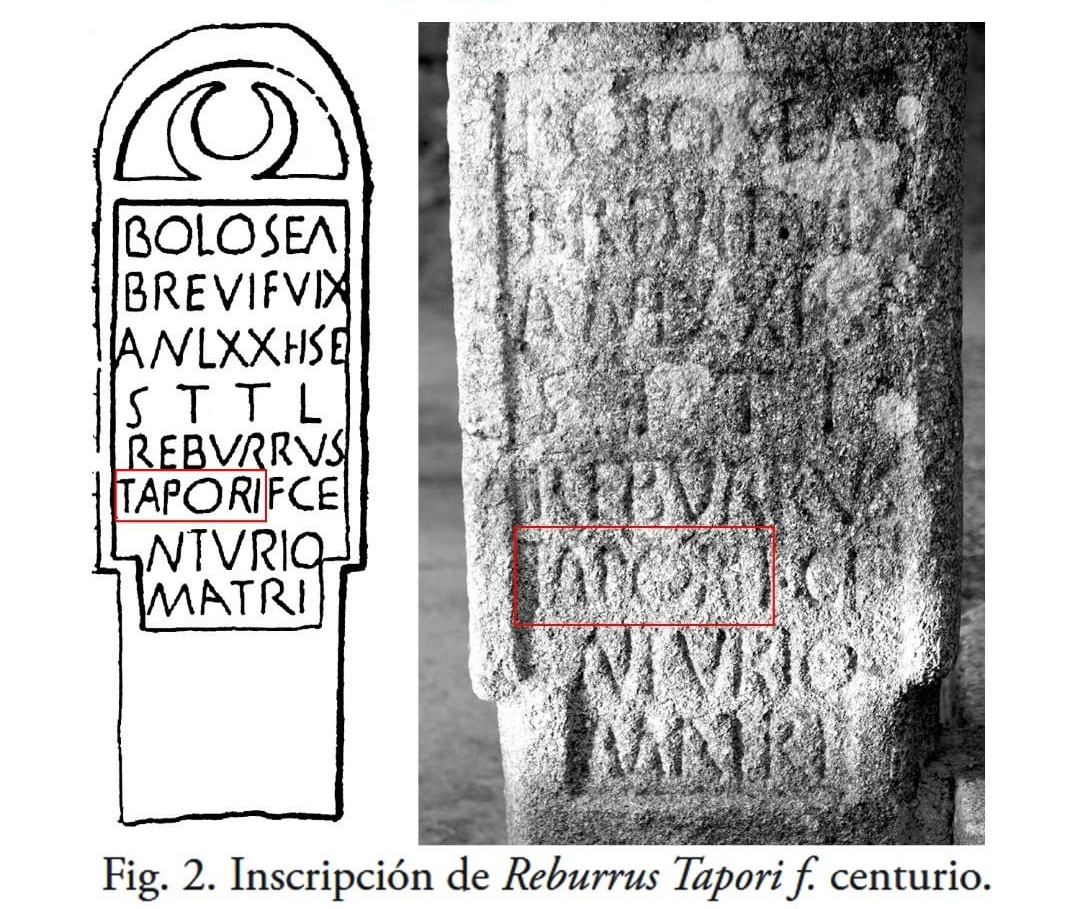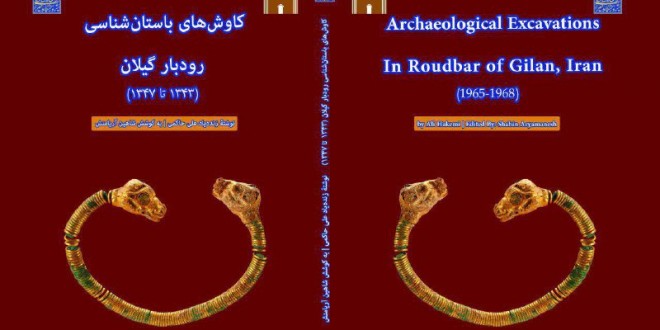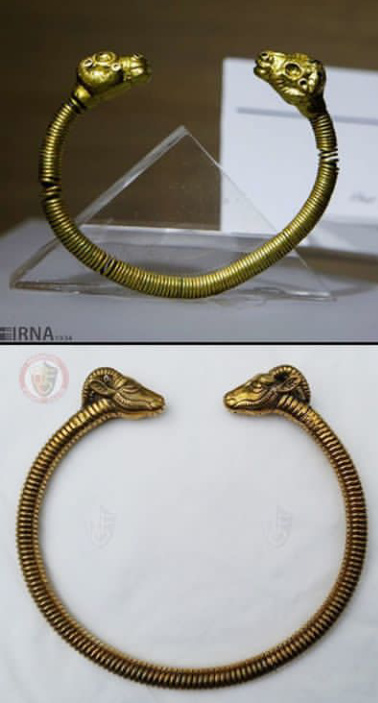Just_a_Common_Guy
Regular Member
- Messages
- 57
- Reaction score
- 21
- Points
- 0
I1584, West Anatolia sample dating to 3820 BC may have Steppe ancestry derived from the Southern Arc (around Armenia), which in turn was derived from the Steppes to the north.
Target: TUR_Barcin_C:I1584___BC_3820___Coverage_83.74%
Distance: 0.0277% / 0.02765814 | R2P
56.2 TUR_Buyukkaya_EC:CBT018___BC_5566___Coverage_52.45%
43.8 ARM_Areni_C:I1407___BC_3925___Coverage_67.46%
Target: TUR_Barcin_C:I1584___BC_3820___Coverage_83.74%
Distance: 0.0226% / 0.02262274 | R3P
39.0 ARM_Areni_C:I1407___BC_3925___Coverage_67.46%
36.2 HRV_Cardial_N:I3948___BC_5913___Coverage_65.54%
24.8 RUS_Darkveti-Meshoko_En:I2056___BC_4516___Coverage_59.59%
Target: TUR_Barcin_C:I1584___BC_3820___Coverage_83.74%
Distance: 0.0198% / 0.01977544 | R4P
47.1 HRV_Sopot_MN:I5077___BC_5051___Coverage_72.20%
25.0 IRN_Seh_Gabi_C:I1674___BC_3881___Coverage_53.35%
20.1 RUS_Darkveti-Meshoko_En:I2056___BC_4516___Coverage_59.59%
7.8 RUS_Progress_En: PG2001___BC_4900___Coverage_75.05%
Citation of Reich himself from the Israel Institute for Advance Studies: "Our comprehensive sampling shows that Anatolia received hardly any genetic input from Europe or the Eurasian steppe from the Chalcolithic to the Iron Age [...] The IMPERMEABILITY of Anatolia to exogenous migration contrasts with our finding that the Yamnaya had two distinct gene flows"
1st - Indo-European Hittites lived in the Bronze Age.
2nd - You know what "impermeability" means, don't you?
3rd - Conclusion: these calculations are wrong.







